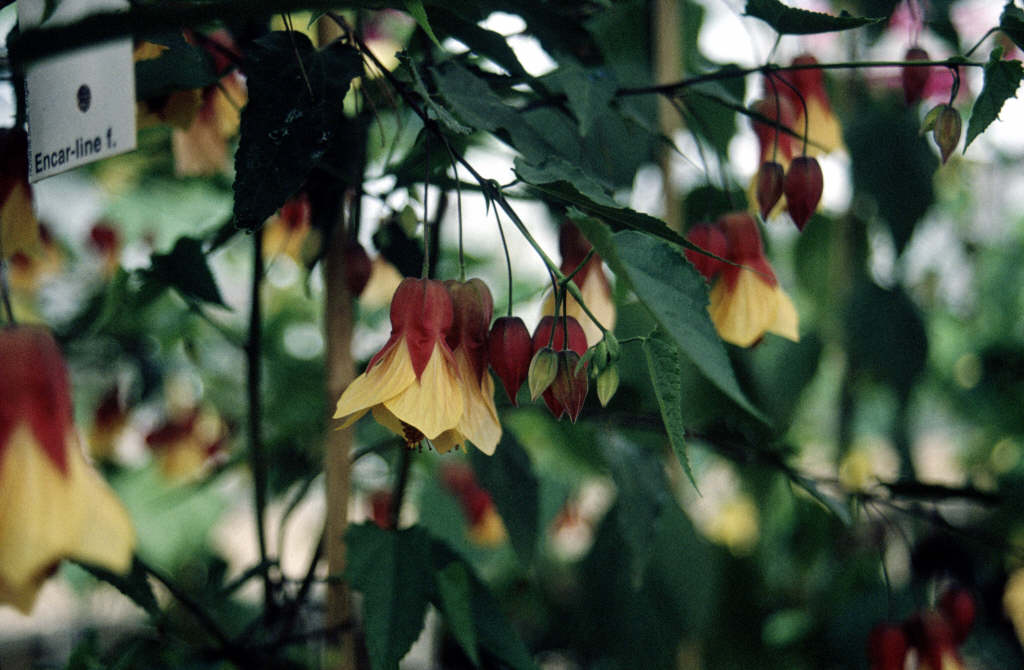Not the plant you're looking for? Search over 300,000 plants
ShrubsConservatory Greenhouse
Size
Ultimate height
1.5–2.5 metresTime to ultimate height
5–10 yearsUltimate spread
1.5–2.5 metresGrowing conditions
Loam
Sand
Moisture
Well–drainedpH
Acid, Alkaline, NeutralColour & scent
| Stem | Flower | Foliage | Fruit | |
| Spring | Green | |||
|---|---|---|---|---|
| Summer | Orange Red Yellow | Green | ||
| Autumn | Orange Red Yellow | Green | ||
| Winter | Green |
Position
- Full sun
Aspect
South–facing or West–facing
Exposure
Sheltered Hardiness
H3Botanical details
- Family
- Malvaceae
- Native to GB / Ireland
- No
- Foliage
- Semi evergreen
- Habit
- Bushy
- Genus
Abutilon can be evergreen or deciduous shrubs, trees, perennials or annuals, with simple or palmately lobed leaves and bell-shaped or bowl-shaped flowers often with conspicuous stamens
- Name status
Accepted
How to grow
Cultivation
Grow outdoors in sunny sheltered border. Grow under glass in peat-free, loam-based compost in full light
Propagation
Propagate by seed, or softwood cuttings
Suggested planting locations and garden types
- City and courtyard gardens
- Cottage and informal garden
- Patio and container plants
- Flower borders and beds
- Wall side borders
Pruning
Pests
May be susceptible to glasshouse whitefly, glasshouse red spider mite, mealybugs and scale insects
Diseases
May be susceptible to honey fungus (rarely) or a virus
Get involved
The Royal Horticultural Society is the UK’s leading gardening charity. We aim to enrich everyone’s life through plants, and make the UK a greener and more beautiful place.
